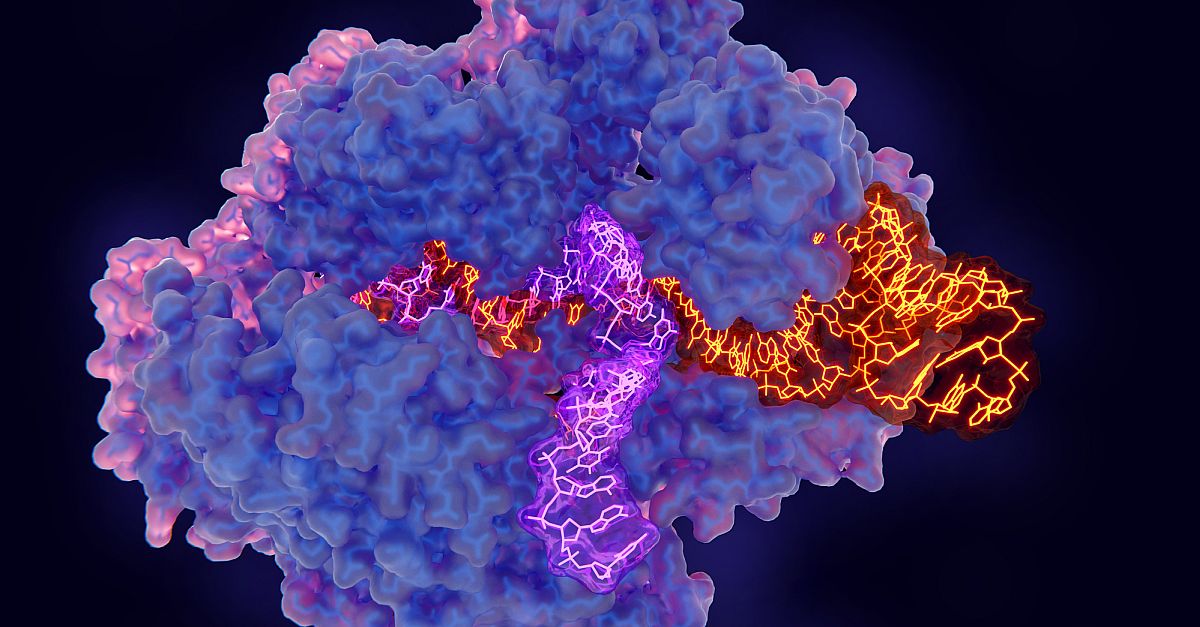On October 7, 2020, the Royal Swedish Academy of Sciences awarded the Nobel Prize in Chemistry 2020 to Emmanuelle Charpentier and Jennifer A. Doudna for their discovery of CRISPR/Cas9 genetic scissors, an innovative technology for genome editing. This technology makes it possible to change the code of life over the course of just a few weeks. The CRISPR/Cas9 genetic scissors can cut any DNA molecule at a predetermined site, making it easy to alter the DNA of human cells like a very precise pair of scissors. According to the National Cancer Institute, this technology was inspired by nature, on the basis of a simple defense mechanism found in some microbes, such as bacteria. To protect against invaders (eg, viruses), the microbes capture and store segments of the invader’s DNA (called clustered regularly interspersed short palindromic repeats, or CRISPRs). Those CRISPRs are turned into short pieces of RNA. If the same type of invader returns, the CRISPRs help the Cas enzyme find and slice up the invader’s DNA. Similarly, the CRISPR/Cas9 tool consists of a guide RNA and the DNA-cutting Cas enzyme.
First discovered by Dr Charpentier and Dr Doudna in 2012, this tool has revolutionized basic science; it is believed that genetic scissors may lead to groundbreaking new medical treatments. The CRISPR/Cas9 tool has already become a mainstream technology used by cancer researchers in labs around the world, and is now being investigated in human trials for a range of diseases, including blood disorders and hereditary blindness. Interestingly, CRISPR/Cas9 has also been used by plant researchers, who have used the tool to develop crops that withstand mold, pests, and drought.
Dr Charpentier is from the Max Planck Unit for the Science of Pathogens, Berlin, Germany, and Dr Doudna is located at the University of California, Berkeley, USA.
High level: Investigations into potential application of CRISPR/Cas9 genetic scissor technology continue to expand. According to an article published earlier this year in Nature, several researchers and life science companies have initiated trials using CRISPR/Cas9 as a treatment for a range of diseases, from cancer to HIV to hematologic disorders. It is expected that medical applications of this tool will continue to grow in the coming years. However, it is important to acknowledge that there is a risk of misuse of this technology. Guidance and regulation will need to be established globally to ensure that CRISPR is used in an ethical manner.
Ground level: Researchers have just scratched the surface as far as potential uses for CRISPR/Cas9 genetic scissors. There is much excitement among the scientific community, along with cautious optimism. Clinical trials in humans are in very early stages, but if it proves successful, this technology may lead to a new method of immunotherapy for certain tumor types, and could potentially become an alternate treatment method for multiple other diseases and disorders.

